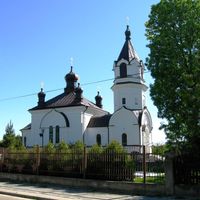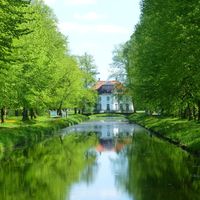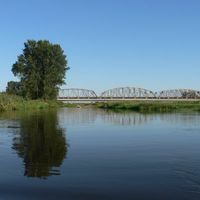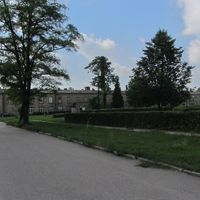The Parish of St. John the Baptist and St. Stephen in Choroszcz
7.1
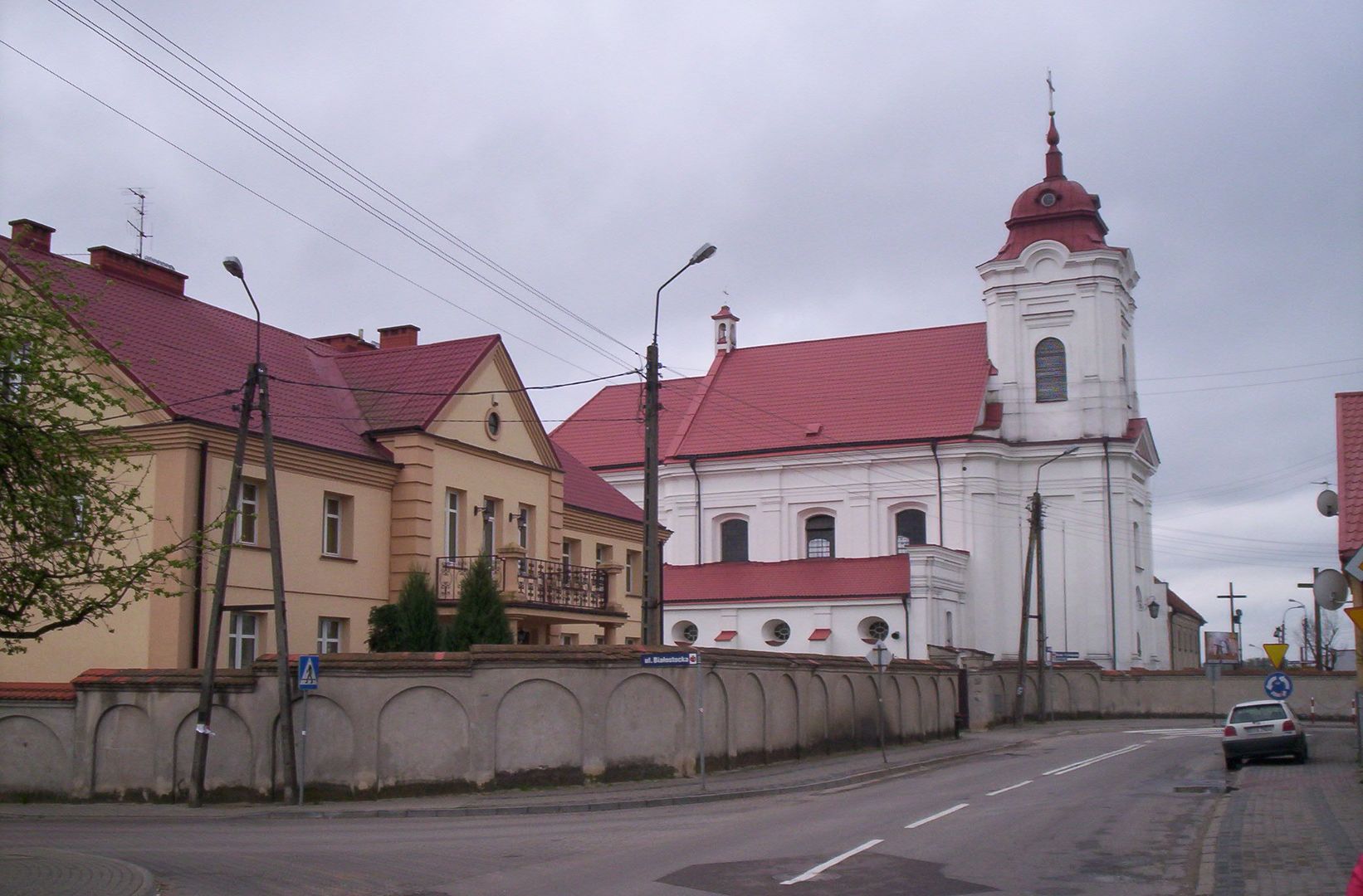
Overview
The Parish of St. John the Baptist and St. Stephen the Martyr in Choroszcz, located in the Białystok-Starosielce deanery of the Archdiocese of Białystok, boasts a rich history dating back to 1459. In the 16th century, after King Sigismund the Old granted Choroszcz town rights, the parish was entrusted to the Basilian monks from Supraśl and later transferred to the Dominicans, which contributed to its dynamic development. In the 17th century, Mikołaj Stefan Pac, the Voivode of Trakai, funded a wooden monastery and developed the Sanctuary of the Mother of God, introducing relics of holy martyrs. Unfortunately, the parish was repeatedly destroyed by fires and wars, including significant damage in the 18th century and during World War I. A new brick church was then built, consecrated in 1770, renowned for its rich Rococo decor, including a unique reliquary of St. Candidus, highlighting its cultural significance. In the 19th century, the Dominicans were expelled by the Tsarist regime, changing the parish's administration, and in the 20th century, the church underwent multiple reconstructions due to war damage. The current church is single-naved with a beautiful vault, and its interior houses important elements of religious worship. The parish also includes chapels, such as a cemetery chapel from 1924, and the cemetery, established in the early 19th century, covers an area of 3.5 hectares. Today, pastoral care is led by Fr. Leszek Struk, and several renowned priests originating from the parish are buried in the local cemetery. The parish is a site of indulgence feasts rooted in its Dominican history, underscoring its spiritual significance in the local community. Interestingly, in the 19th century, the cemetery housed the reliquary of St. Candidus, linked to a legend about the end of the world, which attracted the faithful and emphasized the parish's spiritual dimension.
Location
2025 Wizytor | All Rights Reserved
